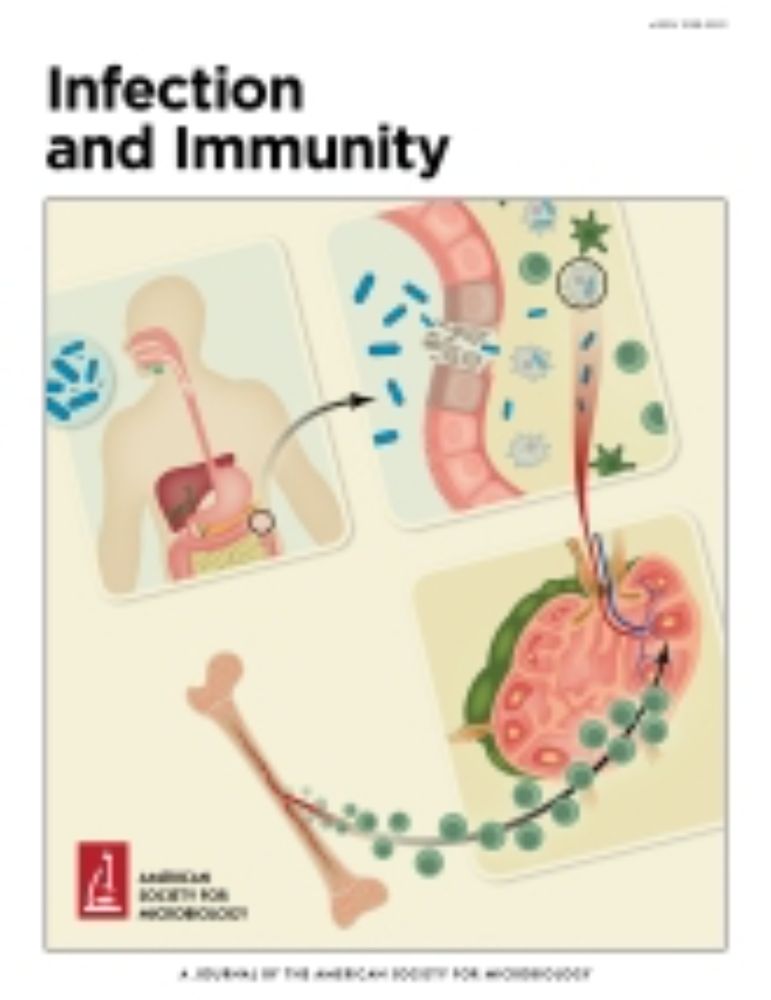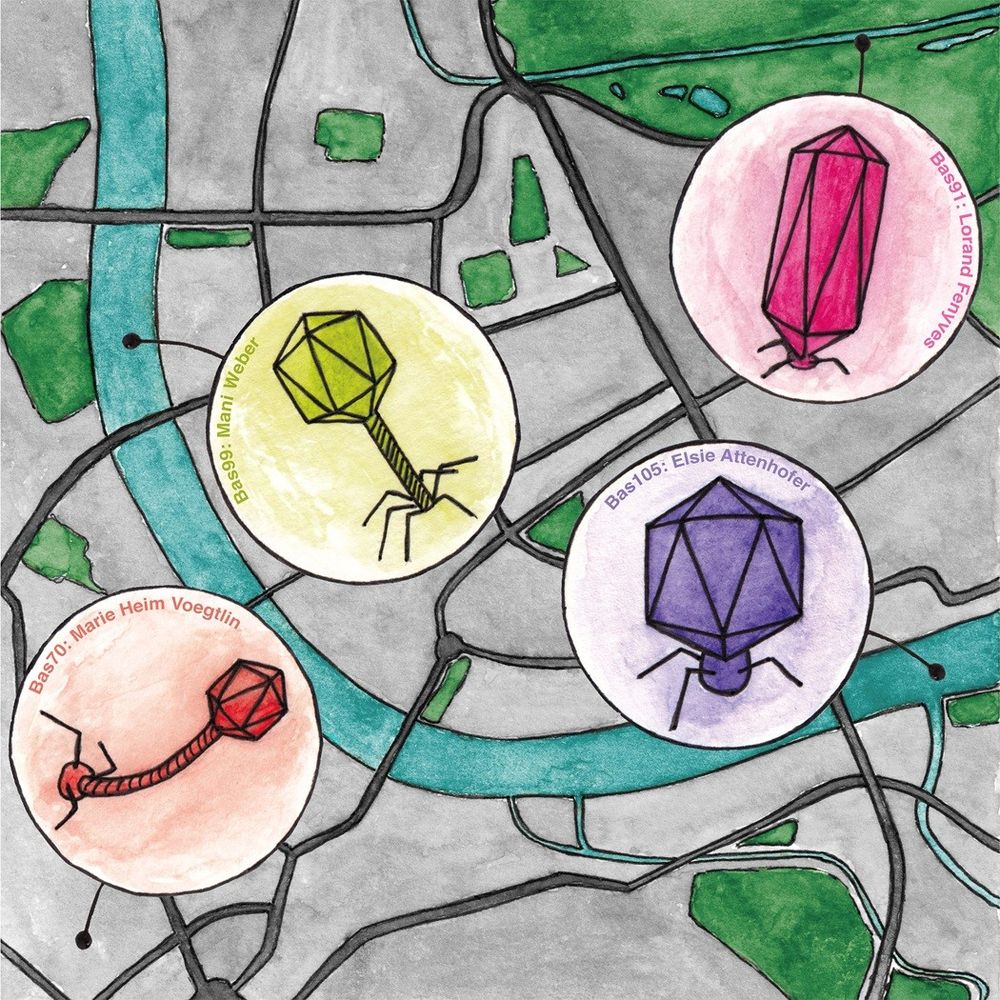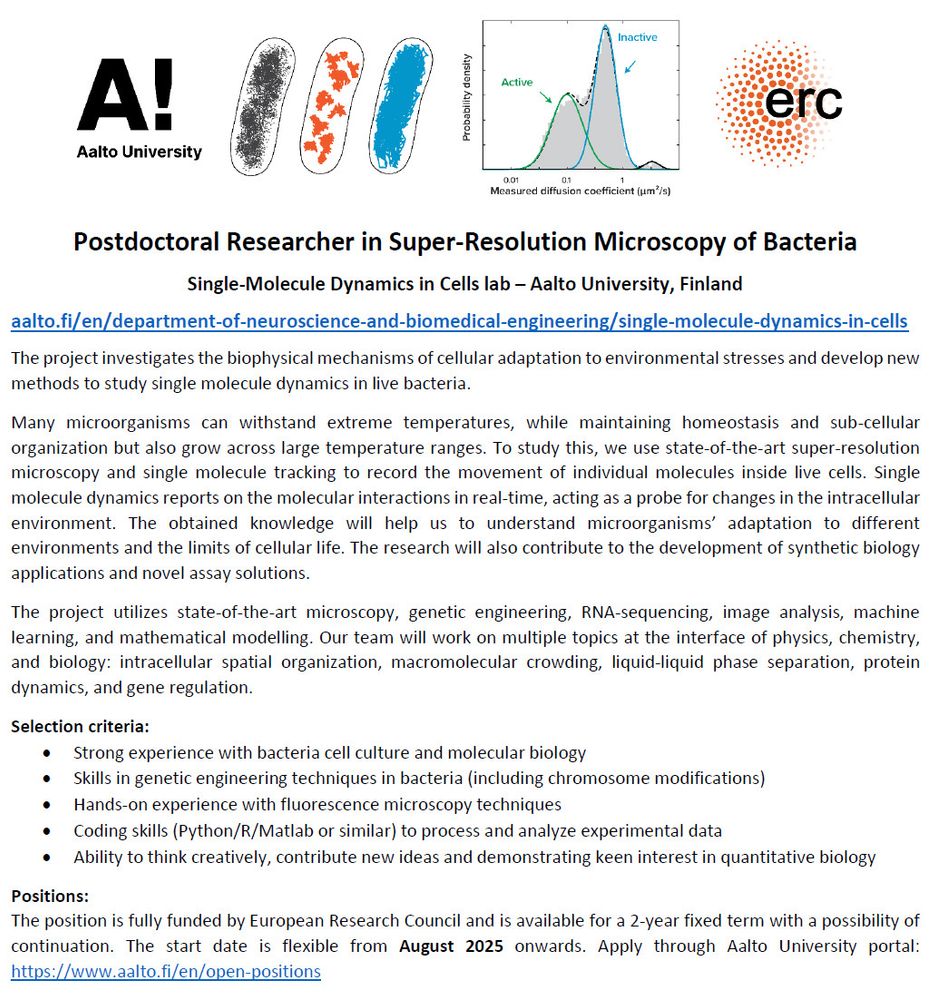
buff.ly/JST7ZR1

buff.ly/JST7ZR1
You can check it out here: journals.asm.org/doi/10.1128/...

You can check it out here: journals.asm.org/doi/10.1128/...
please share these with your network! 🙏
links below👇
[1/3]
please share these with your network! 🙏
links below👇
[1/3]
🦠 💀 🦠
#microbiology #MicrobialEcology #BacteriaAreAwesome

🦠 💀 🦠
#microbiology #MicrobialEcology #BacteriaAreAwesome
nam10.safelinks.protection.outlook.com?url=https%3A...
nam10.safelinks.protection.outlook.com?url=https%3A...



enviromicro-journals.onlinelibrary.wiley.com/doi/full/10....

www.nature.com/articles/s41...

www.nature.com/articles/s41...
Pls share!
www.aalto.fi/en/open-posi...

Pls share!
www.aalto.fi/en/open-posi...
www.biozentrum.unibas.ch/open-positio...
@biozentrum @unibas.ch #Biozentrum #Basel #research #science #joboffer #hiring #human #infection

www.biozentrum.unibas.ch/open-positio...
@biozentrum @unibas.ch #Biozentrum #Basel #research #science #joboffer #hiring #human #infection
euraxess.ec.europa.eu/jobs/325394
euraxess.ec.europa.eu/jobs/325395
euraxess.ec.europa.eu/jobs/325396
euraxess.ec.europa.eu/jobs/325394
euraxess.ec.europa.eu/jobs/325395
euraxess.ec.europa.eu/jobs/325396


2nd and 3rd October in Marseille
Keynote lecture by: @archaellum.bsky.social
Registration is open until May 15: forms.gle/2qxHntTktoxw...
Organized by Romé Voulhoux @lcbofficiel.bsky.social, @cascaleslab.bsky.social, Thierry Doan, @juliengiraud.bsky.social

2nd and 3rd October in Marseille
Keynote lecture by: @archaellum.bsky.social
Registration is open until May 15: forms.gle/2qxHntTktoxw...
Organized by Romé Voulhoux @lcbofficiel.bsky.social, @cascaleslab.bsky.social, Thierry Doan, @juliengiraud.bsky.social

lnkd.in/dVVk4N3s. #microsky

lnkd.in/dVVk4N3s. #microsky
#Membrane #lipid #Organelles #Biochemistry

#Membrane #lipid #Organelles #Biochemistry

Explore host-microbe interactions in key areas like vaccinology, infectious diseases, neuro-immunology, and maternal health.
📅 Deadline: Feb 28, 2025 (few weeks left!)
Apply now ⬇️

Explore host-microbe interactions in key areas like vaccinology, infectious diseases, neuro-immunology, and maternal health.
📅 Deadline: Feb 28, 2025 (few weeks left!)
Apply now ⬇️
Antibody responses in Klebsiella pneumoniae bloodstream infection: a prospective cohort study - The Lancet Microbe www.thelancet.com/journals/lan...

Antibody responses in Klebsiella pneumoniae bloodstream infection: a prospective cohort study - The Lancet Microbe www.thelancet.com/journals/lan...



